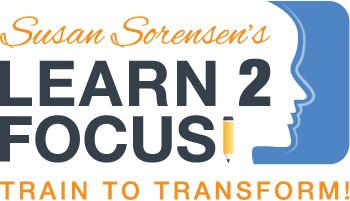How ADHD May Be Connected to the Spinal Galant Reflex
/What happens when you touch a hot stove? Your body immediately reacts by jerking your hand away, protecting you with unconscious muscle movements called reflexes. It’s an automatic movement that is a response to a certain stimuli, like heat from the stove.
Babies have similar reflexes called primitive reflexes which help them process incoming sensory stimuli, develop good posture and core strength for crawling and sitting (and eventually walking), as well as eye teaming and hand - eye coordination to name a few things. You can scroll back to previous blog posts to learn more! The most important thing to remember is that primitive reflexes are meant to disappear most often within the first year.
Today, I want to focus on the Spinal Galant Reflex. Together with another primitive reflex called the Moro reflex, the spinal galant reflex has been found to be directly linked to ADHD if it is retained past its integration time.
This reflex encourages movement and range of motion in the hip, to prepare the baby for walking and crawling. Babies will curve their hip outward if the lower back is stroked next to the spine. Some doctors also believe that the spinal galant reflex helps prompt urination, which is why babies urinate when their diapers are secured around their hips.
This reflex should be present until around 9 months. However, if it is retained beyond this point, the child can show problems such as bed-wetting, fidgeting and an inability to sit still. Short-term memory loss and an inability to concentrate can also be symptoms of retained spinal galant reflex.
These symptoms should sound familiar – they are often the same problems that we see in children who have ADHD. The good news is that the brain is plastic, meaning it can be retrained through specific repetitive re-patterning or movement therapy. The brain can be encouraged to develop the mature patterns which should have been formed during infancy by taking the body through the physical motions of the developmental stage which was skipped. This results in the release and replacement of primitive reflexes with higher-level reflexes, and can even cure ADHD. You’ll be amazed to see how brain training and movement therapy can improve your child’s symptoms!

